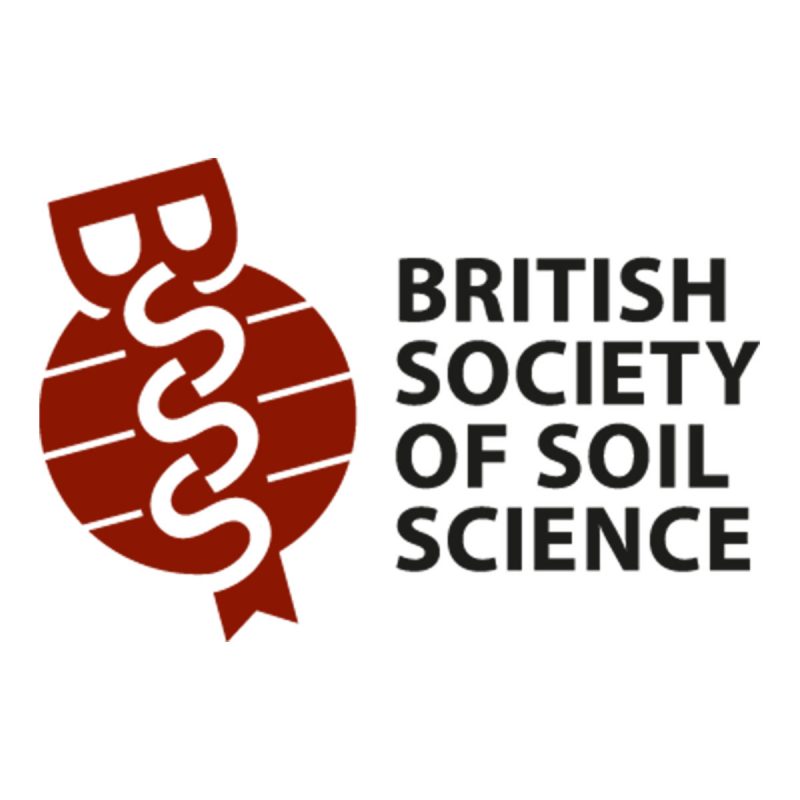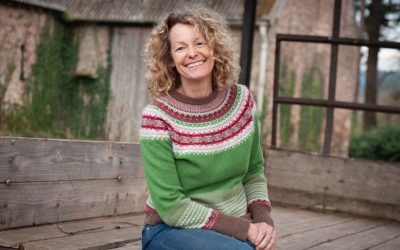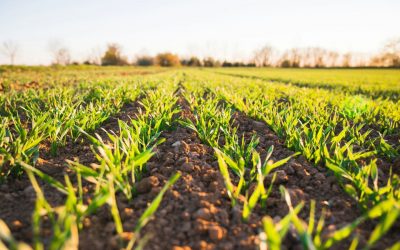Forensics – not something you may envision when it comes to soil science. Yet, there is an
abundance of applications for it, including soil typing. This implementation is vital within forensic
investigations as it can be utilised to exclude between locations. Notably, forensic evidence can
never be used to ‘match’ between subjects; in this instance, similar soil types can be present
within different locations within the UK. This empathises the need for a system with great rigour to
create powerful scrutinization between field locations. This is where the WRB system comes into
place; the land classifications and soil profiles generate considerable differences between field
locations. Although soil judging alone cannot decide a specific location, other factors within the
environment can further aid the investigation. Diatoms (a microscopic algae) and bacteria can
relate to their environments meaning their assemblages can also create stronger scrutinization
across forensic investigations. I mention this here, because if diatoms and bacteria relate to their
environment, then the utilisation of the WRB system can make these types of evidence stronger
within the courtroom. This exemplifies how important soil judging is to people with forensic
backgrounds such as oneself.
It is not only forensics where this is so important. During my time at the World Congress of Soil
Sciences International Soil Judging Competition, I discovered just how many professions in soil
science rely on soil judging, highlighting how important it is for people of all backgrounds to learn
this difficult but fundamental skill.
With this in mind, we should take inspiration as a country to how soil judging is undertaken within
the USA. Competitions are undertaken more often regionally; while in the UK it is rare to see this.
However, I personally feel that regional competitions would be a great idea because it would help
to promote and raise more awareness about soil science and in turn promote how important soil
science is no matter what field you specialise in.
The views expressed in this blog do not necessarily reflect the views of the British Society of Soil Science.





